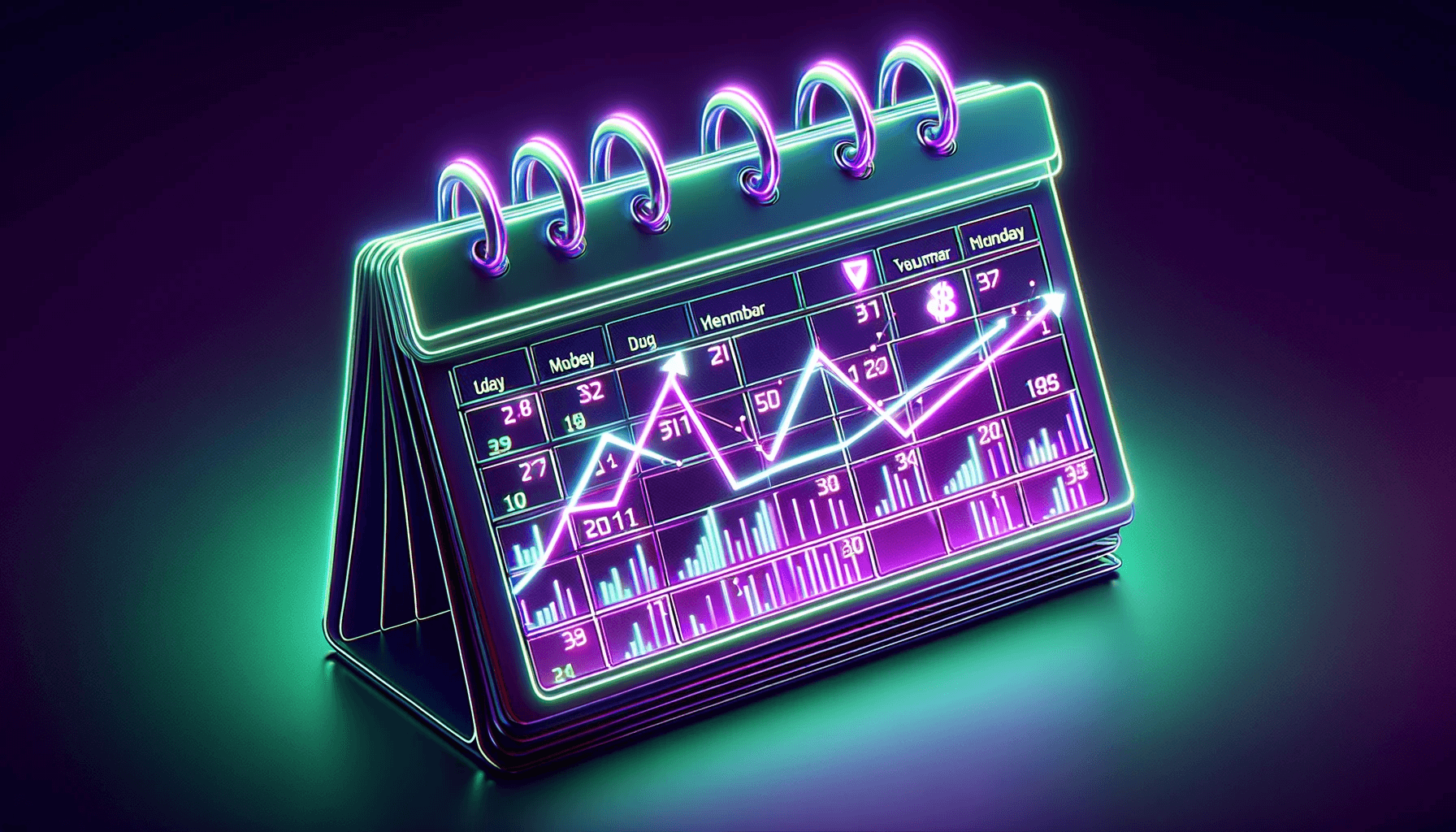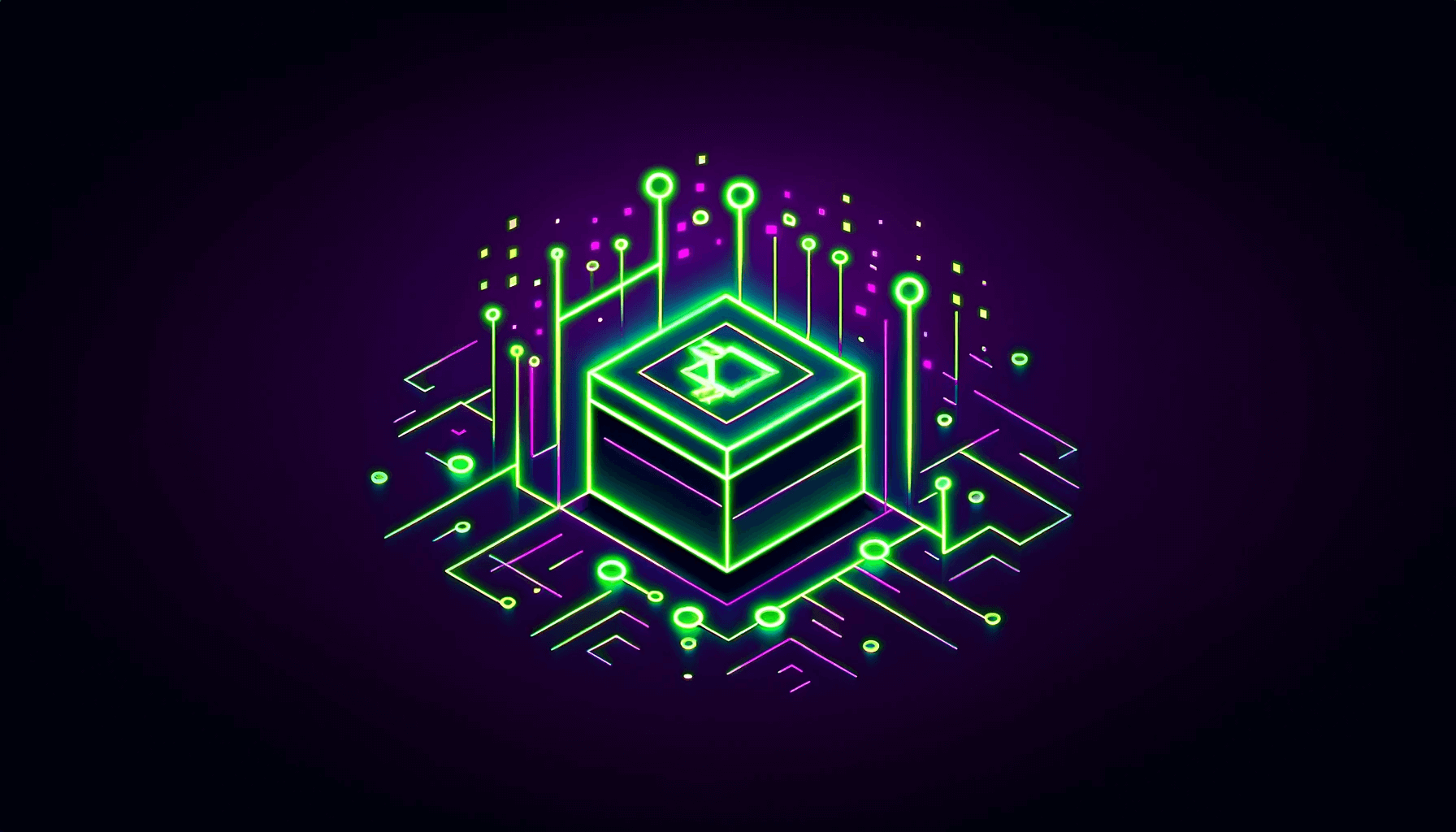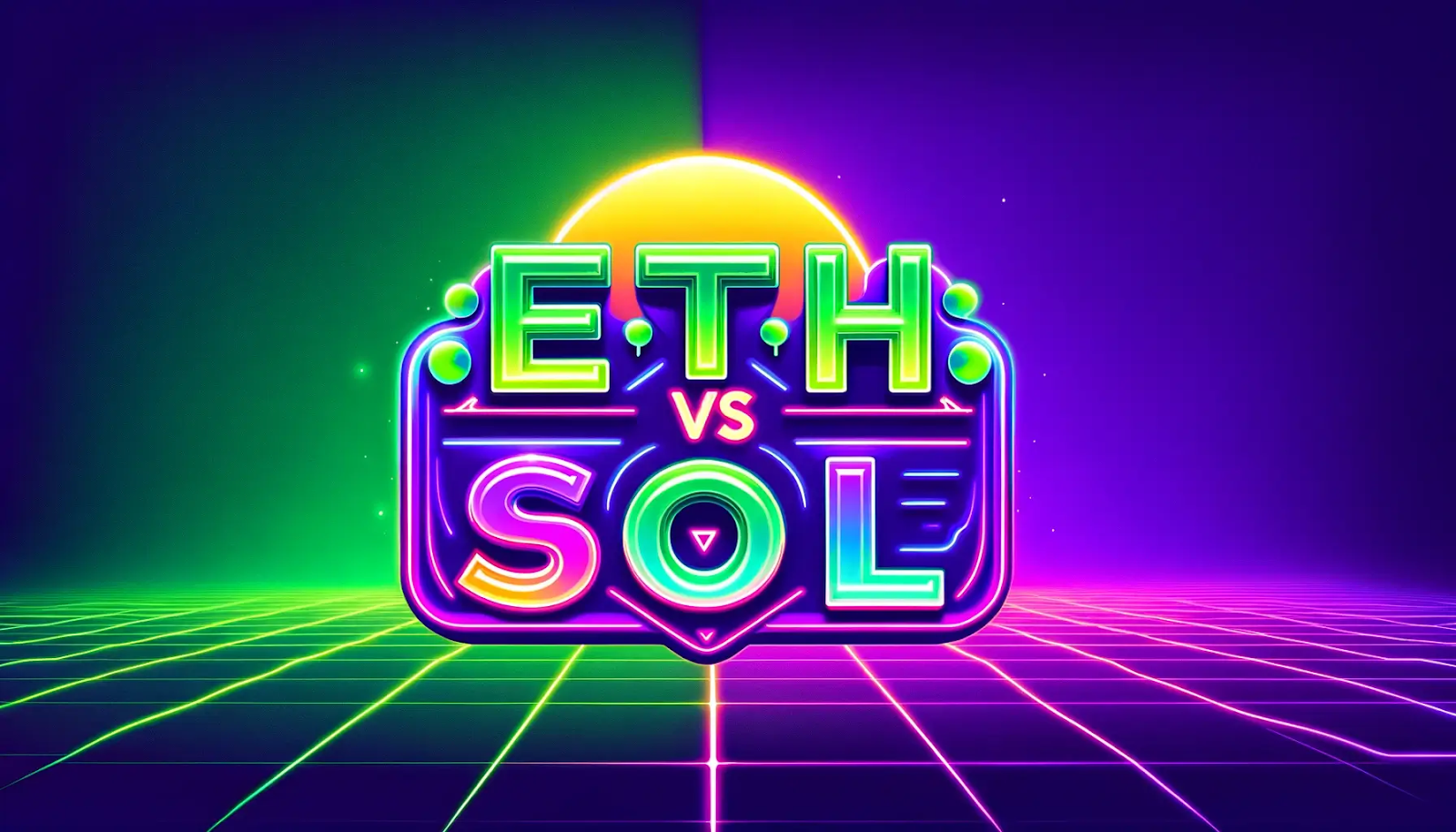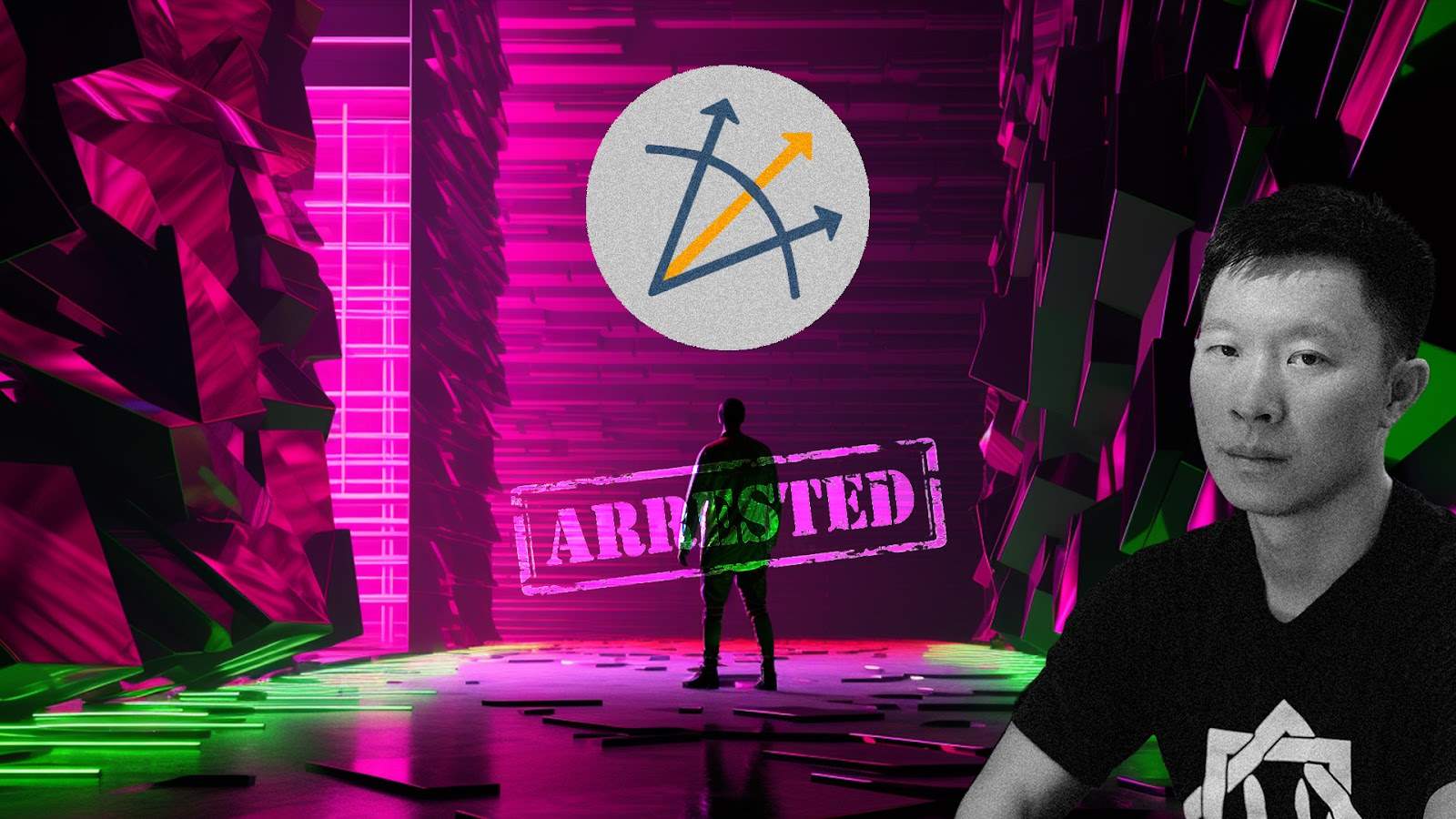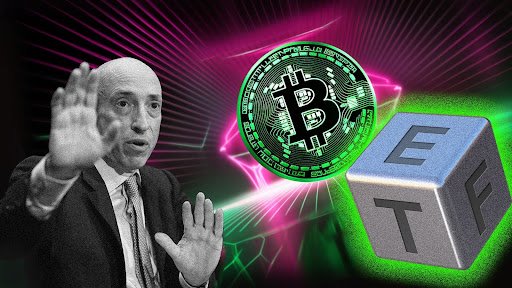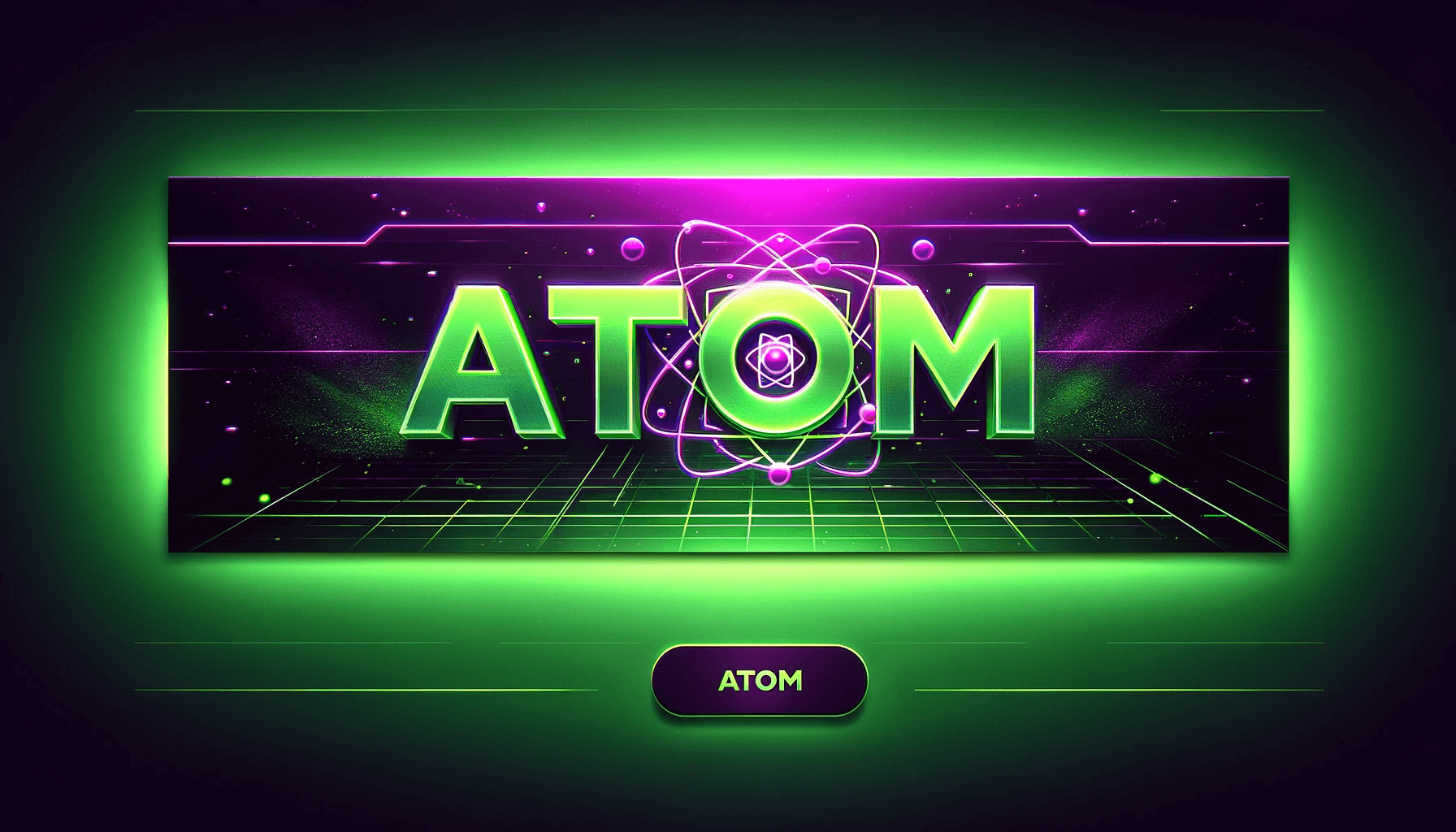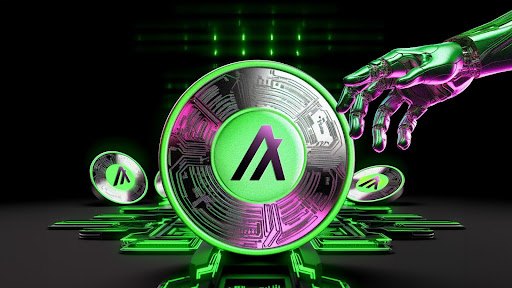
Many attempts have been made in the past to solve the blockchain trilemma, but to no avail. Every Layer 1 network designed to compete with Ethereum seems to have either sacrificed security or decentralisation in order to achieve scalability, a method that is indeed unsustainable.
The blockchain trilemma is a concept that describes the inherent challenge that blockchain systems face in achieving a balance between decentralisation, security, and scalability. Prior to Ethereum's shift to a Proof of Stake (PoS) framework and its imminent scalability enhancement through an upcoming network upgrade, most Layer 1 networks had to navigate this trilemma by prioritising two aspects while compromising on the third. Algorand, however, stands out as an exception.
This article guides you through how Algorand achieves this feat, the important technology at its disposal, and whether or not Algorand is a good investment.
What is Algorand?
Algorand is a high-performing blockchain that runs on a unique Proof of Stake mechanism known as Pure Proof of Stake (PPoS). This innovative design not only upholds decentralisation, security, and scalability simultaneously, but also strengthens its network capabilities in each of these dimensions. Also, due to its low energy requirements, Algorand boasts itself as a green blockchain, environmentally sustainable now and in the future.
Algorand was founded in 2017 by Professor Silvio Micali, a computer scientist from MIT considered to be one of the forefathers of cryptography with many awards, including the Turing Award. Launched together with its native token, ALGO, Algorand has gone ahead to become a public decentralised institutional-grade blockchain with support for customised layer-1 blockchains.
The blockchain is now managed by the Algorand Foundation, a non-profit organisation launched in 2019, two years after Algorand officially launched. The foundation is responsible for funding and developing the Algorand ecosystem, along with maintaining governance, research, and development. Some of their activities involve educating developers in universities and supporting Algorand native projects with accelerator programmes.
In addition, Algorand allows users to create and manage their own digital assets directly on the Algorand network using the Algorand Standard Asset (ASA) protocol. Similar to how ERC-20 tokens are used on the Ethereum network, ASAs provide a framework for creating and interacting with different types of assets, thus enabling tokenization and facilitating various use cases within the blockchain ecosystem. For example, stablecoins like USDT and USDC also exist as ASAs on the Algorand network.
Algorand Blockchain Architecture
Algorand operates on a two-tier blockchain structure similar to Cardano’s. This architecture is designed to maintain speed while enabling the smooth operation of intricate applications. The base layer of the blockchain supports simple Algorand smart contracts and allows asset creation and atomic swap between assets. On the first layer, protocols can create ASAs that represent new or existing tokens while they enjoy the same level of security as the consensus layer.
The second layer of the Algorand blockchain houses more complicated smart contracts and Decentralised Apps (dApps) that run off-chain. By delegating operations between these two layers, and bundling transactions to be processed off-chain (thereby decongesting the network), Algorand ensures higher transaction throughput and near-instant transaction finality.
Algorand Consensus Mechanism
Algorand runs on a Proof of Stake consensus mechanism paired with a Byzantine Agreement (BA) protocol to give a unique Proof of Stake mechanism known as a Pure Proof of Stake (PPoS). Byzantine Agreement mechanism ensures a consensus is reached even when some nodes are faulty or acting maliciously (Byzantine faults). The goal is to ensure that even if a certain percentage of nodes are behaving incorrectly, the network can still come to a consensus on a particular value or decision.
This is useful because unlike the Proof of Stake mechanism, where users have to demonstrate commitment to the network by staking a certain amount of coins in order to become a validator, Algorand decentralises the network further by reducing the entry barrier to becoming a validator. To put this into context, users have to stake a minimum of 32 ETH to be an Ethereum validator, while you only need to stake 1 ALGO to run a node on Algorand.
How Algorand works
Algorand runs on two types of nodes: the relay node and the participation node. The relay node enables efficient communication paths and maintains the link among the system’s nodes. Participation nodes, on the other hand, are responsible for verifying and validating transactions. This requires computational power but attracts the most reward.
Any ALGO holder can participate in the consensus of the network by staking ALGO and generating a valid participation key to become a participation node. While users can alternatively opt to run relay nodes, it's important to note that they are not entitled to block rewards like those earned by participation nodes.
The process of picking a validator to verify a transaction is totally random. However, validators who hold higher stake in ALGO tokens naturally stand a higher likelihood of being chosen to validate transactions, consequently reaping greater rewards in the process.
ALGO Token
Algo is the native currency of the Algorand ecosystem, and it powers its economy. Algo tokens are used to reward validators for contributing to the security of the network. Token holders are not left out, as they get rewarded from block rewards mined by validators as well. Block rewards are split between validators and token holders rather than being awarded only to block producers, resulting in a 7.5% annual percentage yield for all holders.
Also, ALGO is used by the community to vote on decisions significant to the future and development of the Algorand ecosystem.
A hard supply cap of 10 billion ALGO coins is in place, and their allocation is structured as follows:
-
Initially, 3 billion ALGO coins will be introduced into circulation during the initial five years, which includes the initial auction involving 25 million ALGO coins.
-
An approximate total of 1.75 billion ALGO coins is anticipated to be progressively granted as rewards to participation nodes.
-
An additional 2.5 billion ALGO coins are set to be distributed over time among relay nodes.
-
Specifically designated, 2.5 billion ALGO coins are reserved for the Algorand Foundation and Algorand Inc.
-
Lastly, a pool of 0.25 billion ALGO coins is earmarked for allocation in the form of grants to end users.
How to Buy an ALGO Token
Algo is publicly traded on many centralised exchanges like Binance and Coinbase. To buy simply:
-
Create an account with your preferred CEX.
-
Fund your account.
-
Start a trade by navigating to the Algorand asset.
-
Buy according to your risk appetite.
Want more top-tier cryptocurrency content?
Follow Us: X TikTok Instagram Telegram LinkedIn
Sign up to our newsletter at the bottom of the page
Check Out Our Top 10 Crypto Currencies of 2023
This article is intended for educational purposes and is not financial advice.




